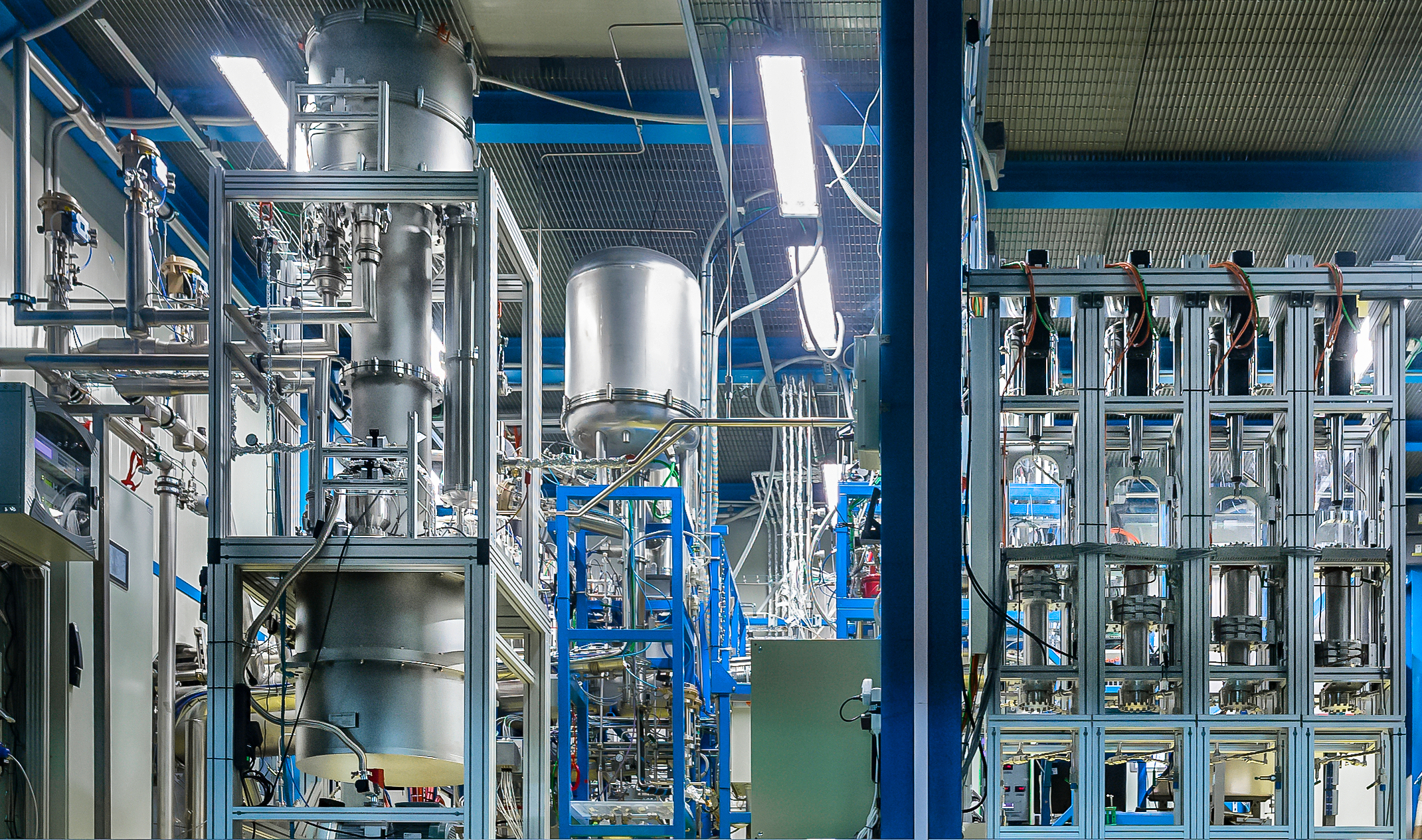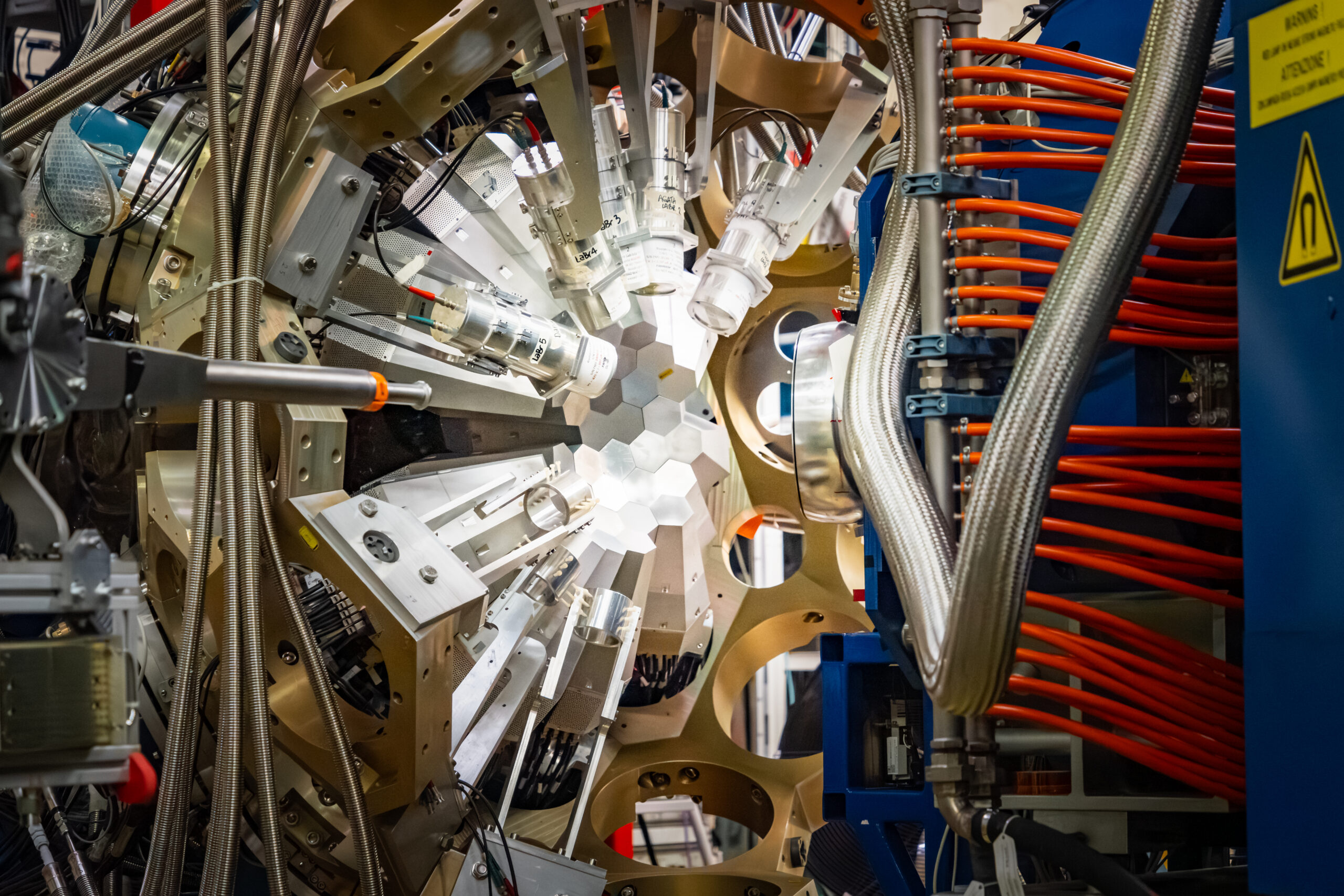 Cosmic rays again protagonists of the search for the dark matter, which permeates a quarter of the cosmos. A new experiment is preparing to leave the Earth, to extend the measurements already carried out by the Fermi-LAT (Large Area Telescope) and AMS (Alpha Magnetic Spectrometer). It is DAMPE (DArk Matter Particle Explorer), the result of a collaboration agreement between the INFN, the Chinese Academy of Sciences (CAS) and the University of Geneva. Launching it into orbit, in the autumn, will be the Chinese space agency, on board the CZ-2D rocket. Two years after the signing of the agreement, the silicon tracker of DAMPE has been completed and has arrived in Beijing, where it will be assembled with the rest of the equipment and prepared for launch.
Cosmic rays again protagonists of the search for the dark matter, which permeates a quarter of the cosmos. A new experiment is preparing to leave the Earth, to extend the measurements already carried out by the Fermi-LAT (Large Area Telescope) and AMS (Alpha Magnetic Spectrometer). It is DAMPE (DArk Matter Particle Explorer), the result of a collaboration agreement between the INFN, the Chinese Academy of Sciences (CAS) and the University of Geneva. Launching it into orbit, in the autumn, will be the Chinese space agency, on board the CZ-2D rocket. Two years after the signing of the agreement, the silicon tracker of DAMPE has been completed and has arrived in Beijing, where it will be assembled with the rest of the equipment and prepared for launch.
“The experience acquired in INFN in the development of silicon microstrip detectors in the space sector was crucial in meeting this challenge” – explained Giovanni Ambrosi, from the INFN section in Perugia, national coordinator of the experiment. A challenge that has seen, in less than two years, the design, construction, space qualification and verification with particle beams of a tracker consisting of 12 layers of silicon detectors”.
DAMPE will study cosmic rays in the energy range from the GeV to tens of TeVs. The silicon tracker is a key component of the experiment; in fact, it will allow the direction of arrival of the photons to be measured with great accuracy and, at the same time, the nuclear species that make up the cosmic rays and their trajectory to be differentiated. To ensure the reliability of the construction choices and verify the performance of the detector with cosmic rays, a qualification model – very similar to that to be used in flight – will be used in the coming weeks at CERN, as part of a test run with electron, proton and ion beams, which will end in June.





